Healthcare Policy Report: Medicaid and Insurance Plan Analysis
VerifiedAdded on 2022/08/15
|5
|962
|11
Report
AI Summary
This report provides an overview of healthcare policy in the United States, focusing on health insurance plans available under the Medicaid program. It examines the four main levels of health insurance: bronze, silver, gold, and platinum, highlighting the differences in monthly premiums, deductibles, and coverage percentages. The report explains how these plans cater to different needs and economic situations, including exemptions for individuals under 30 and the varying levels of cost-sharing. It also discusses the impact of Medicaid expansion on insurance coverage rates and emphasizes the importance of understanding the different plans to ensure access to quality healthcare services. The report concludes by underscoring the significance of these health insurance plans in promoting positive health outcomes for citizens and ensuring access to healthcare when needed. The analysis is supported by references to relevant sources like the Kaiser Family Foundation (KFF) and research on the Affordable Care Act (ACA).
1 out of 5
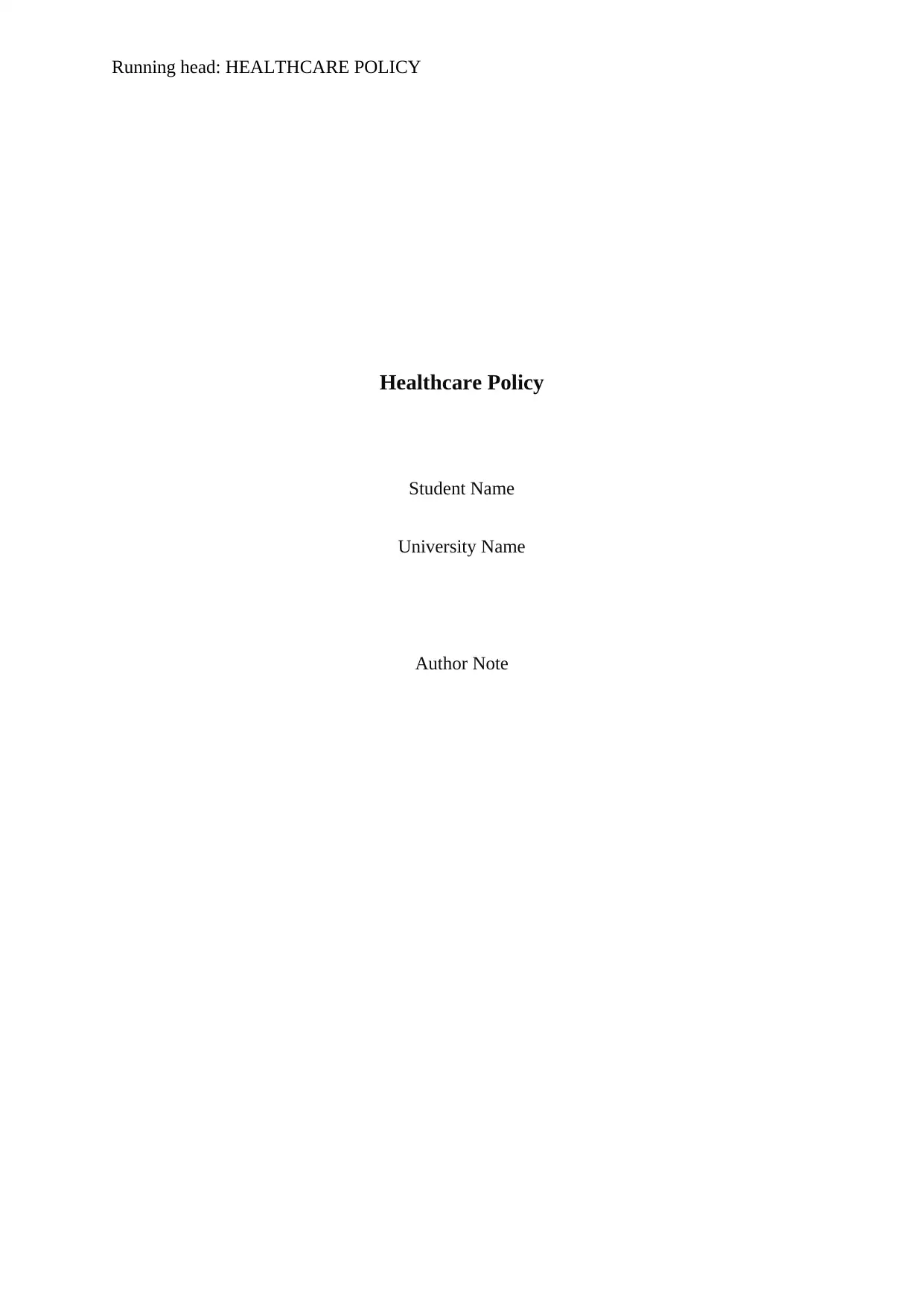
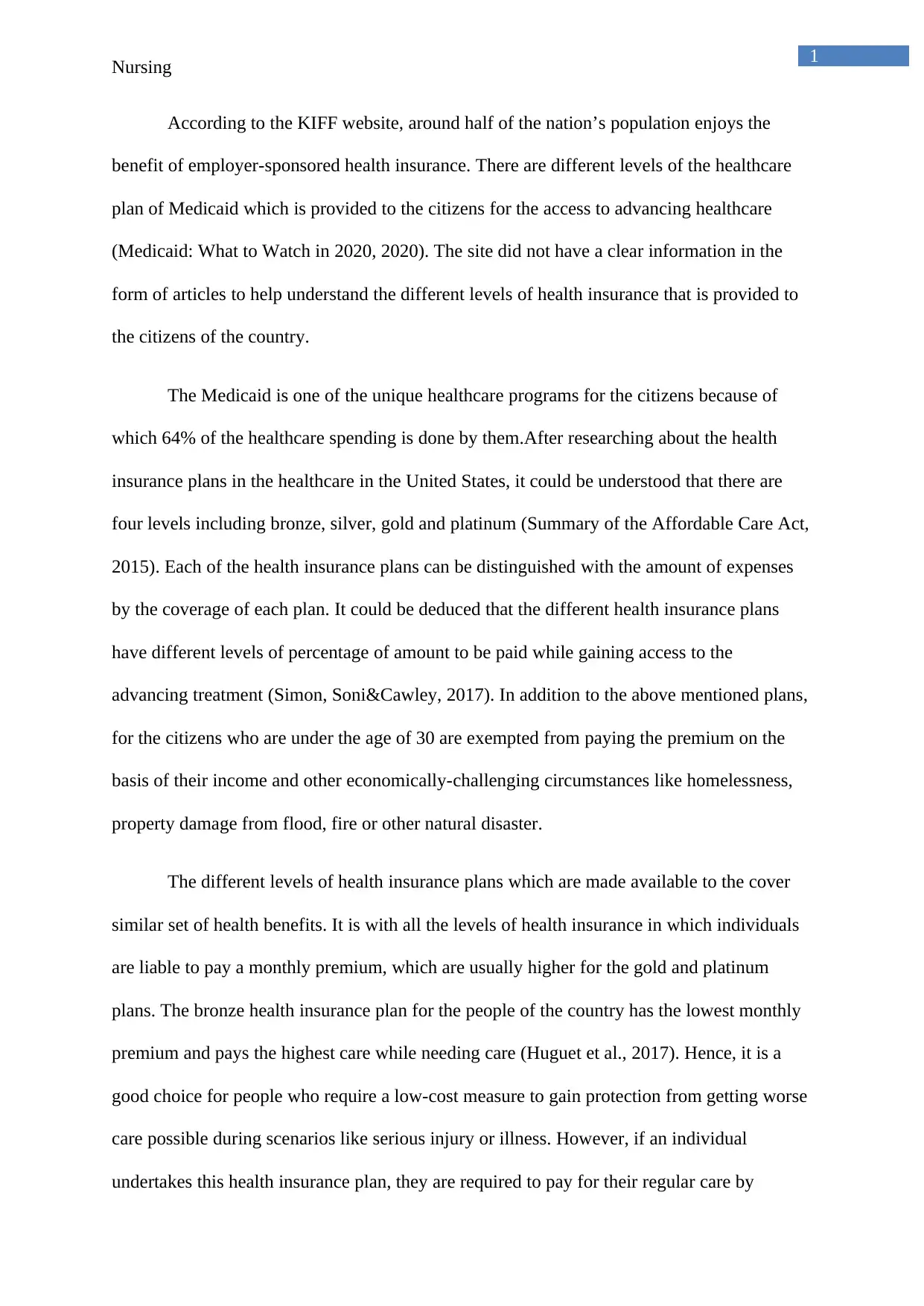
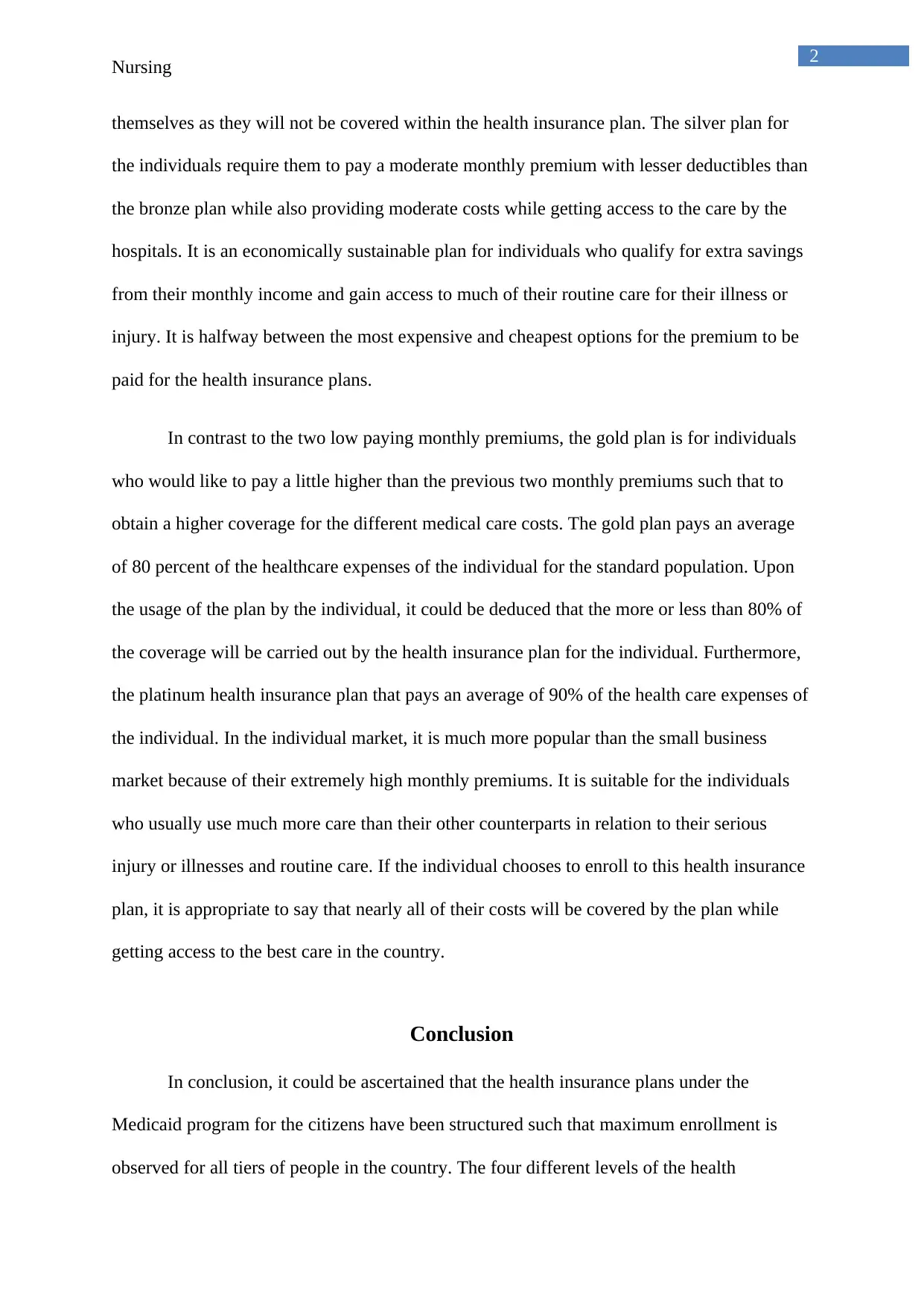

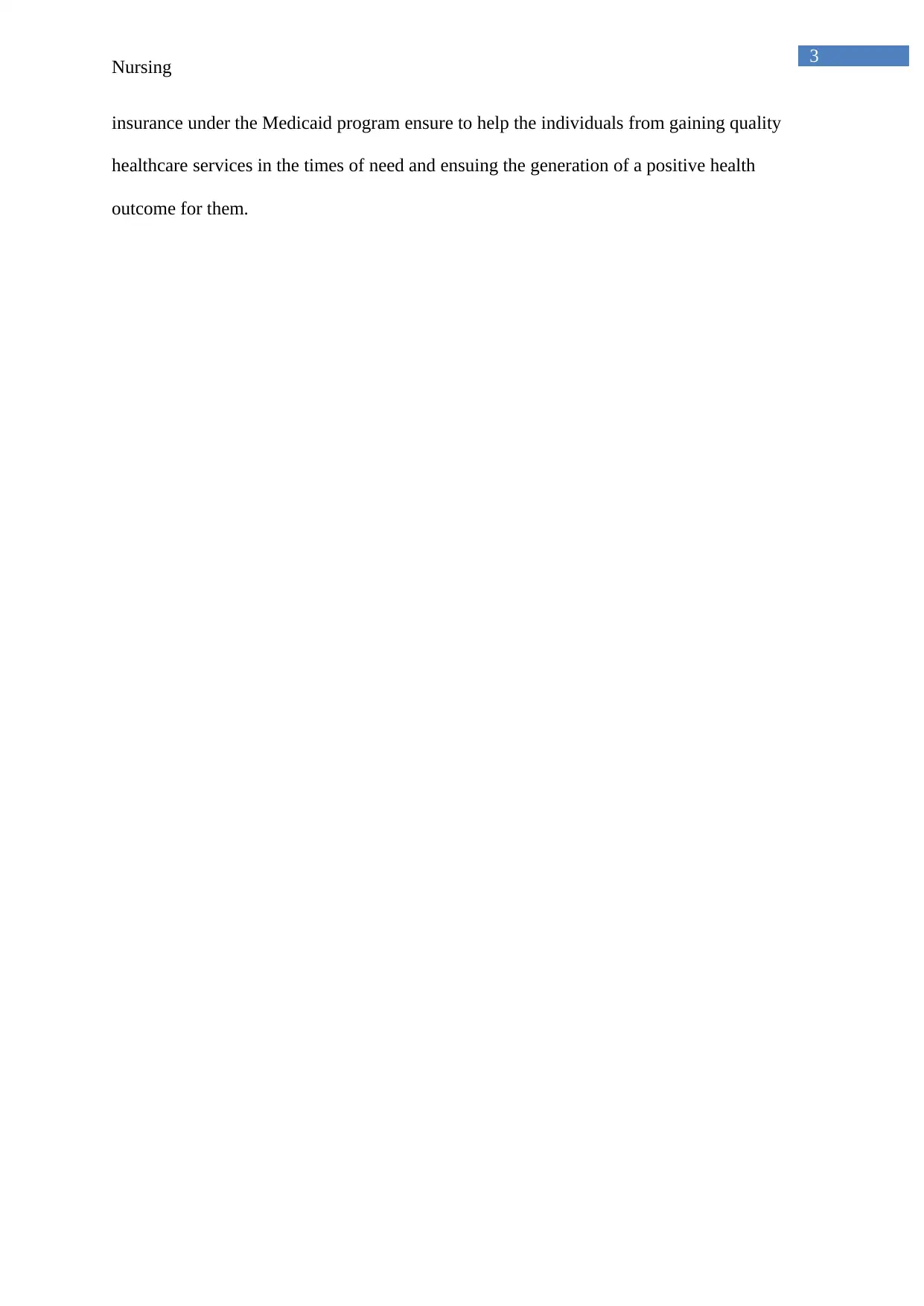
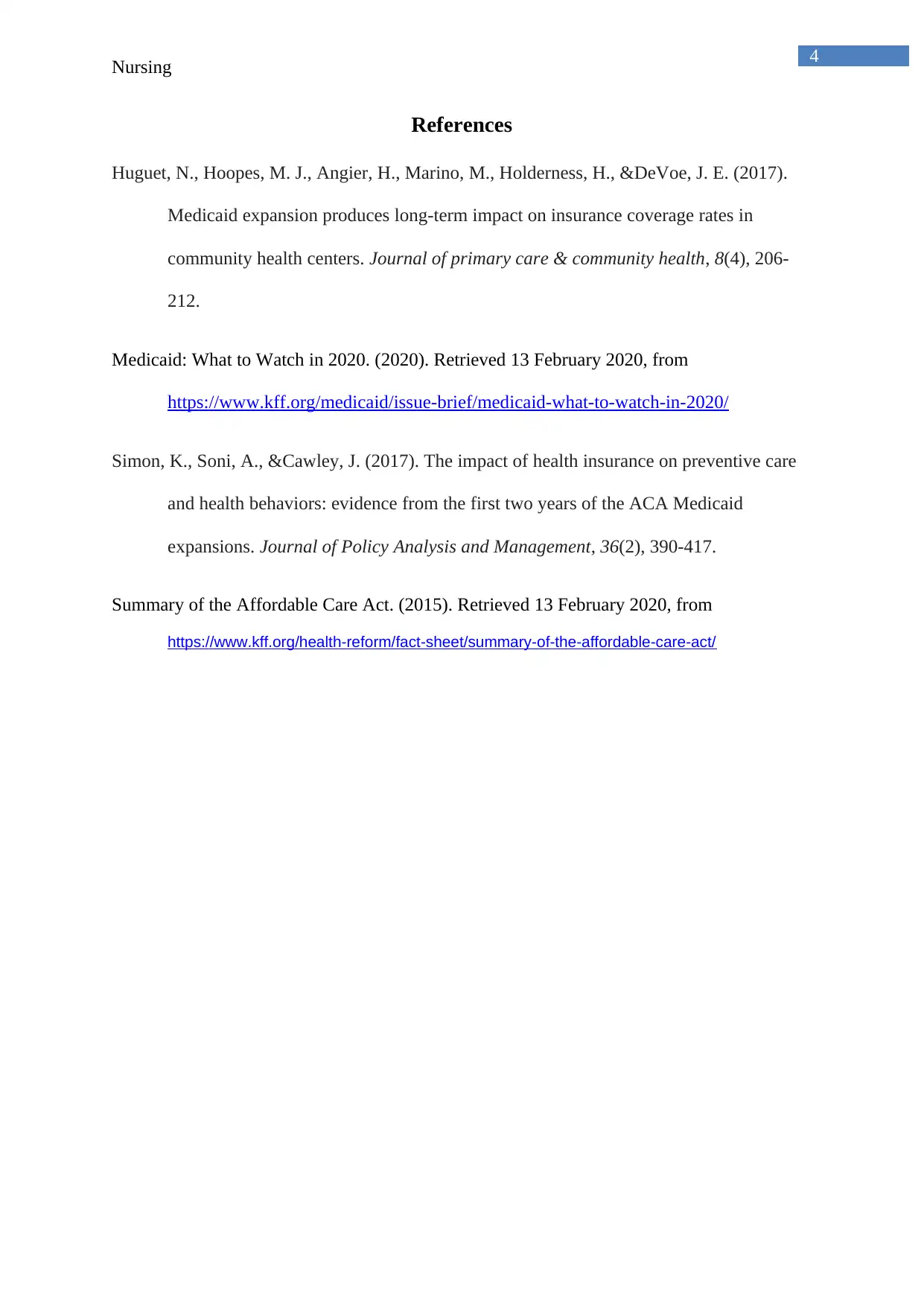






![[object Object]](/_next/static/media/star-bottom.7253800d.svg)